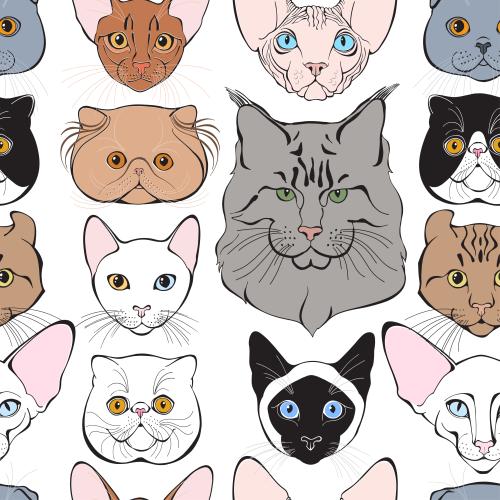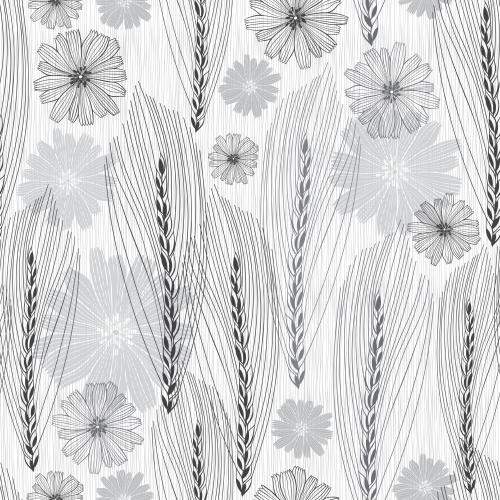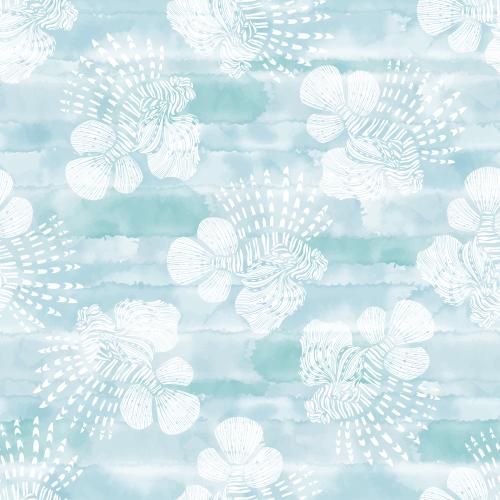Choosing a successful print and pattern is a key step in creating textile collections. In a highly competitive environment, it is important not only to follow trends, but also to anticipate consumer tastes. This article will help you choose successful patterns and designs that will be relevant and in demand in 2025.
1. Explore 2025 Trends in Textile Design
In 2025, fabric design continues to evolve towards sustainability, digitalization and individualization. Key trends include:
- Eco-prints: images of plants, forests, animals, water droplets, recycled materials.
- Digital Art: gradients, fractals, neon shades, hyperrealistic effects.
- Nostalgia: retro patterns from the 70s–90s, stripes, polka dots, floral ornaments in vintage style.
- Minimalism: monochrome textures, abstract forms, repeating geometric patterns.
- Technological style: prints with elements of cyberpunk, neural network artifacts, the future.
2. Identify Your Target Audience
Prints should match the tastes of your target audience. Ask yourself:
- Who buys your fabrics? (clothing designers, bedding manufacturers, crafters)
- What is the age of your customers?
- Where do they live? (urban environment, countryside, foreign markets)
- What are their hobbies? (sports, yoga, travel, ecology)
Example: if you make fabrics for home textiles in Europe, prints with images of forests, sea waves, or minimalist textures will be popular.
3. Consider Seasonality and Color Palette
The color palette and theme of prints directly depend on the time of year. Use recommendations from Pantone and WGSN to stay on trend.
| Season | Current prints | Colors |
|---|---|---|
| Winter 2025 | Patterns of snowflakes, candles, winter landscapes | White, silver, deep blue |
| Spring 2025 | Floral arrangements, birds, spring motifs | Pastel tones: mint, peach, lavender |
| Summer 2025 | Tropics, sea, graffiti, bright abstractions | Neon shades, bright coral, sunny yellow |
| Autumn 2025 | Leaves, coffee, cozy inscriptions, geometry | Brown, golden, dark burgundy |
4. Analyze Competitors and the Market
Explore what prints are already on the market. This will help you understand what works and where there is room for innovation.
What to analyze:
- Catalogs of major textile brands
- Platforms for selling fabrics (Etsy, Spoonflower, Zazzle)
- Instagram and Pinterest — designers often share ideas and get inspired there
Example: if there are many geometric patterns on the market, you can add uniqueness through a mix of textures and unusual color combinations.
5. Test Ideas Before Launching
Before mass production, test several options:
- Create digital samples (mockups)
- Post them on social media and gather feedback
- Conduct a vote or A/B testing
Tools:
- Canva — for creating visualizations
- Adobe Illustrator — for precise pattern design
- Pinterest Trends — for analyzing interests
6. Think About the Versatility of the Print
A good print should be suitable for different types of products: clothing, accessories, home textiles.
Example: a floral print can be used for a dress, as well as for curtains or sofa covers.
Tip: use repeating patterns that are easy to scale and adapt to any size.
7. Add Story and Meaning
In 2025, meaningful and sustainable design is especially valued. The print can tell a story, reflect culture, evoke emotions, or support an important message.
Ideas:
- Prints with symbols of peace, equality, sustainable development
- Traditional ornaments from different cultures
- Design that supports nature protection
Conclusion
Choosing a successful print and pattern in 2025 is not an accident, but the result of analyzing trends, understanding the audience and experimenting. By following these steps, you can create fabrics that will not only be beautiful, but also in demand.



